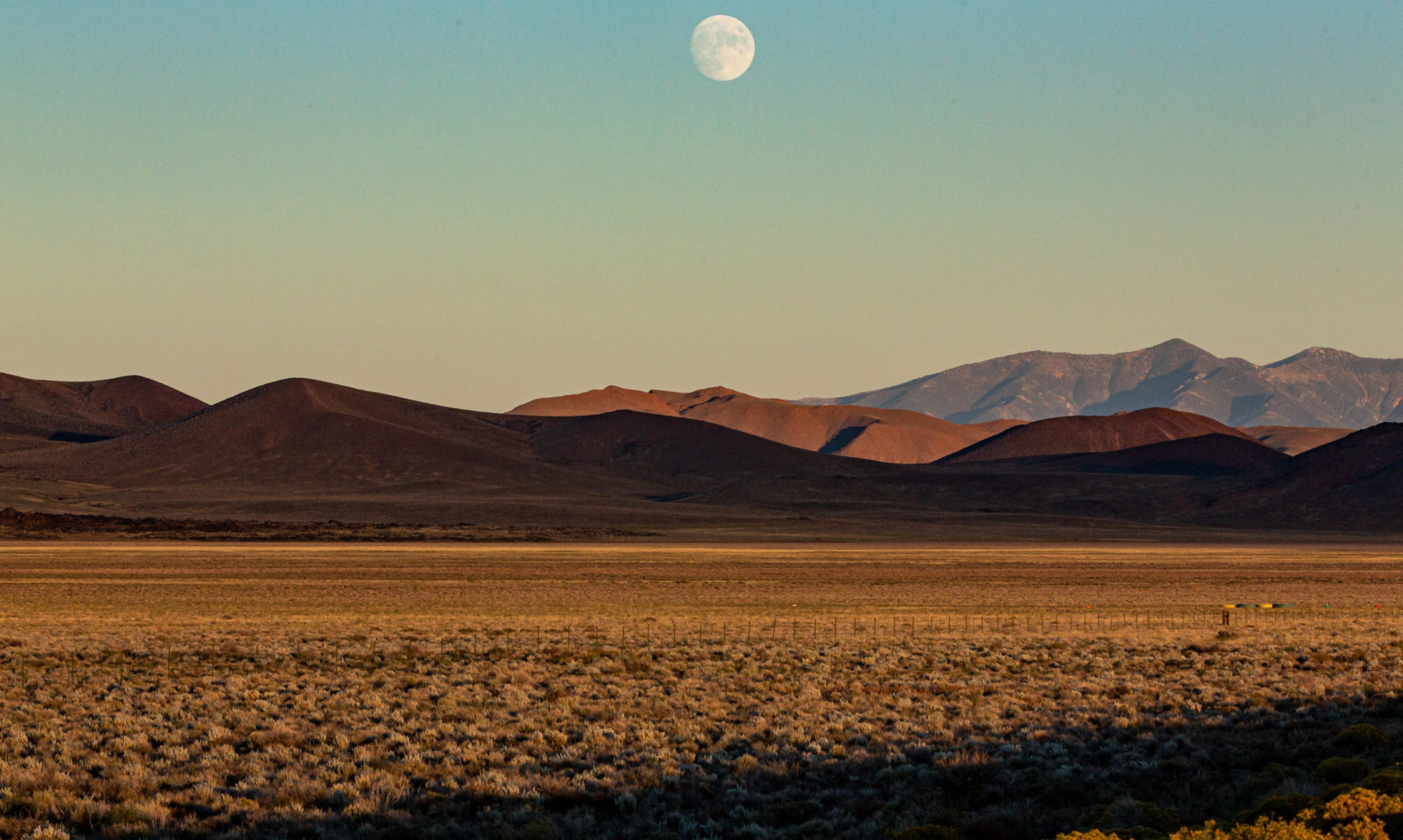In case you need a break from worrying abut what Al Qaida is going to do you or the horrors you’ll suffer at the hands of Obama-care,or the devastation in store if the Tea Party takes over, here’s another terror to contemplate: the New Zealand mudsnail. Somehow, this critter has not been on my radar. But my ignorance was altered yesterday during a visit to a fish hatchery on the Mokelumne River (that’s pronounced mo-KULL-uh-me, if you’re wondering). It was a short visit as I arrived a good two and a half hours after the place was closed for the day. But this sign was on one of the gates.
The numbers are eye-catching: the snail could occur in densities of 1 million per square yard (that’s 110,000 per square foot), and the snail propagates so rapidly that a single snail could give rise to 40 million within a year. The damage it does: It can outcompete native species and rip apart the food web that even large fish species depend on. In fact, the Mokelumne below this point is a place that has been invaded and studied as part of conferences on the mudsnail. And in recent mudsnail news, the city of Boulder, Colorado, recently closed a park because of the discovery of New Zealand mudsnails in a local creek. A short history from the state of Colorado says that the snail first invaded streams in the northern Rockies and that Yellowstone was one of the first places infested. And here’s everything else you need to know about the critter, thanks to the U.S. Department of Agriculture: New Zealand mud snail (Potamopyrgus antipodarum).

